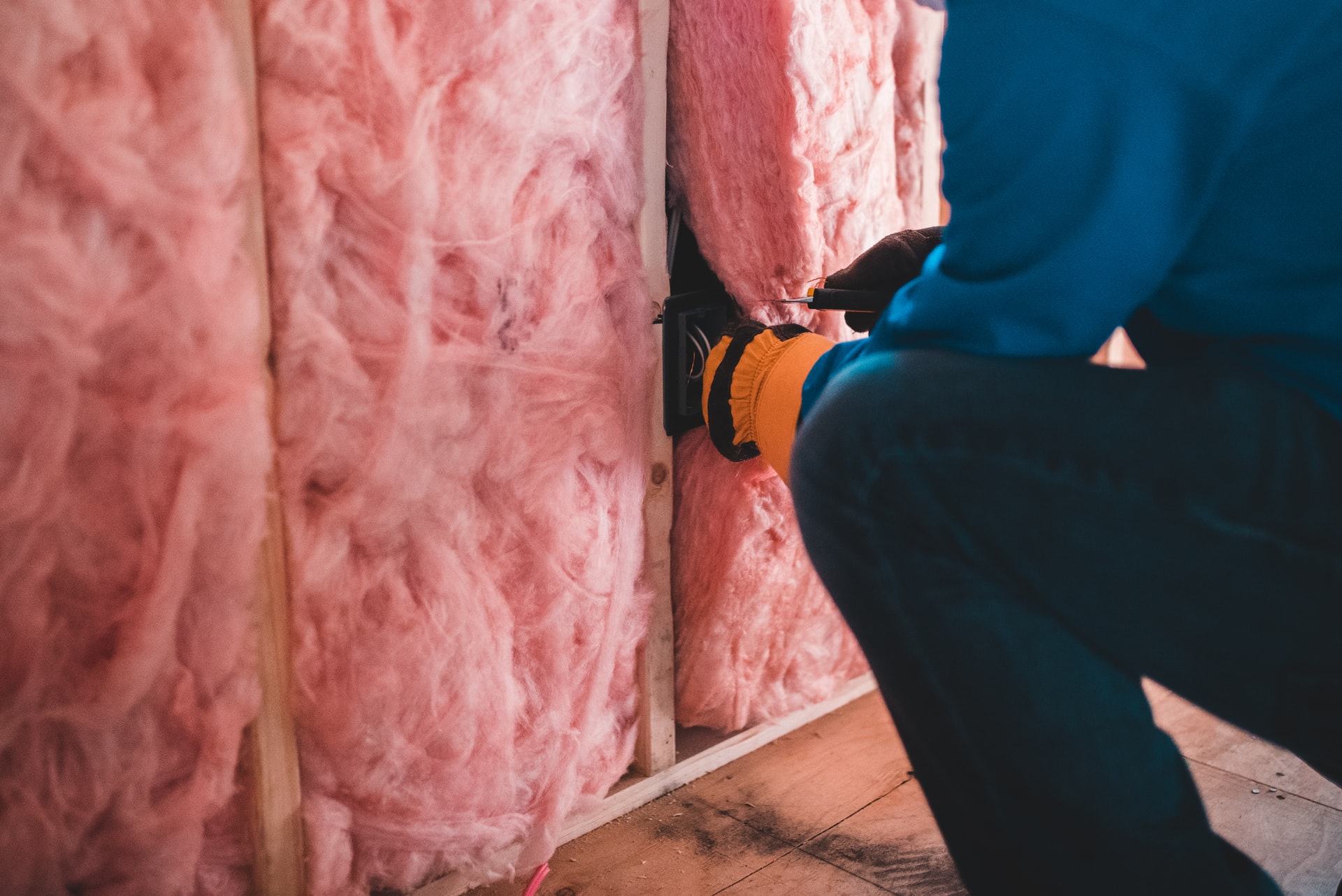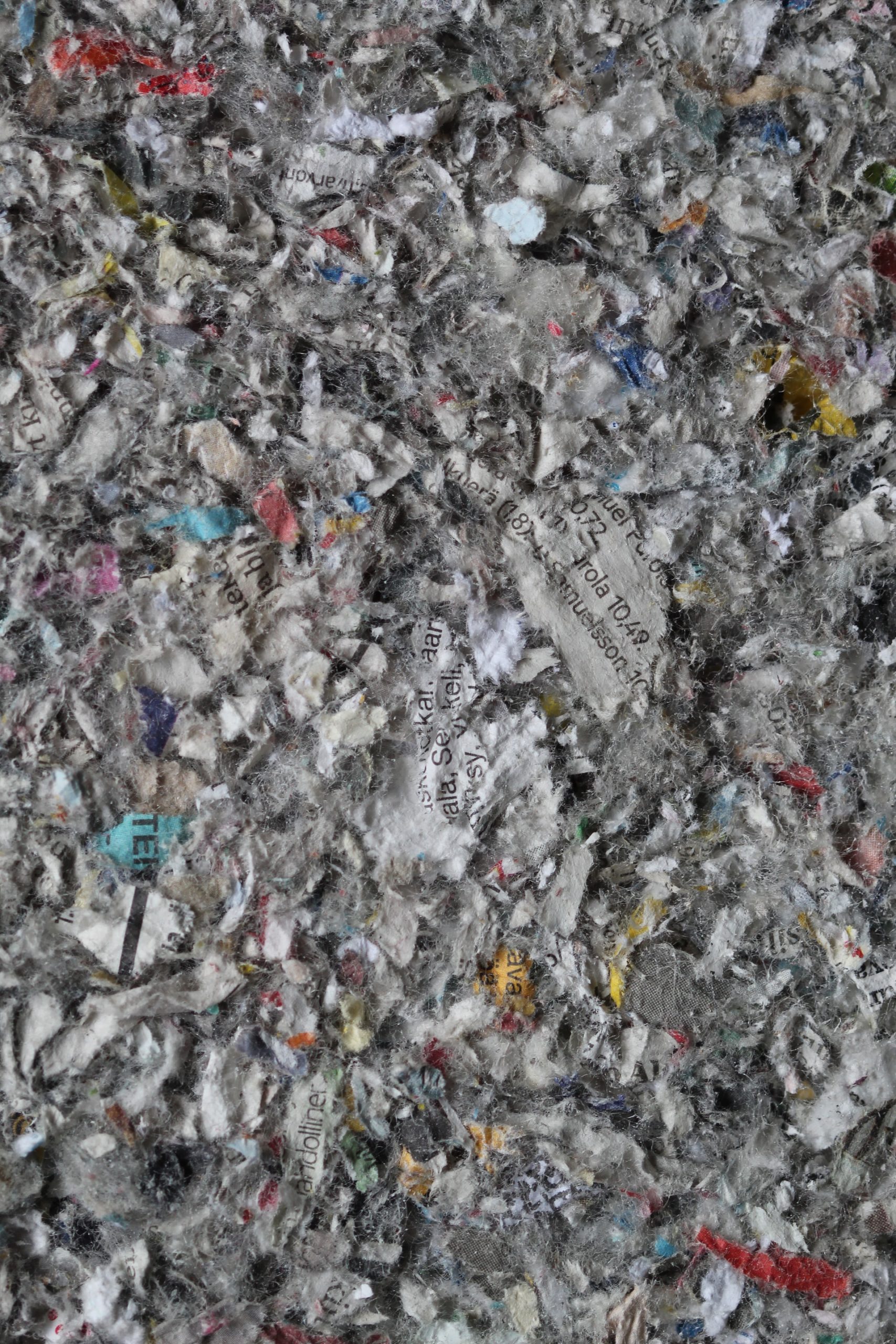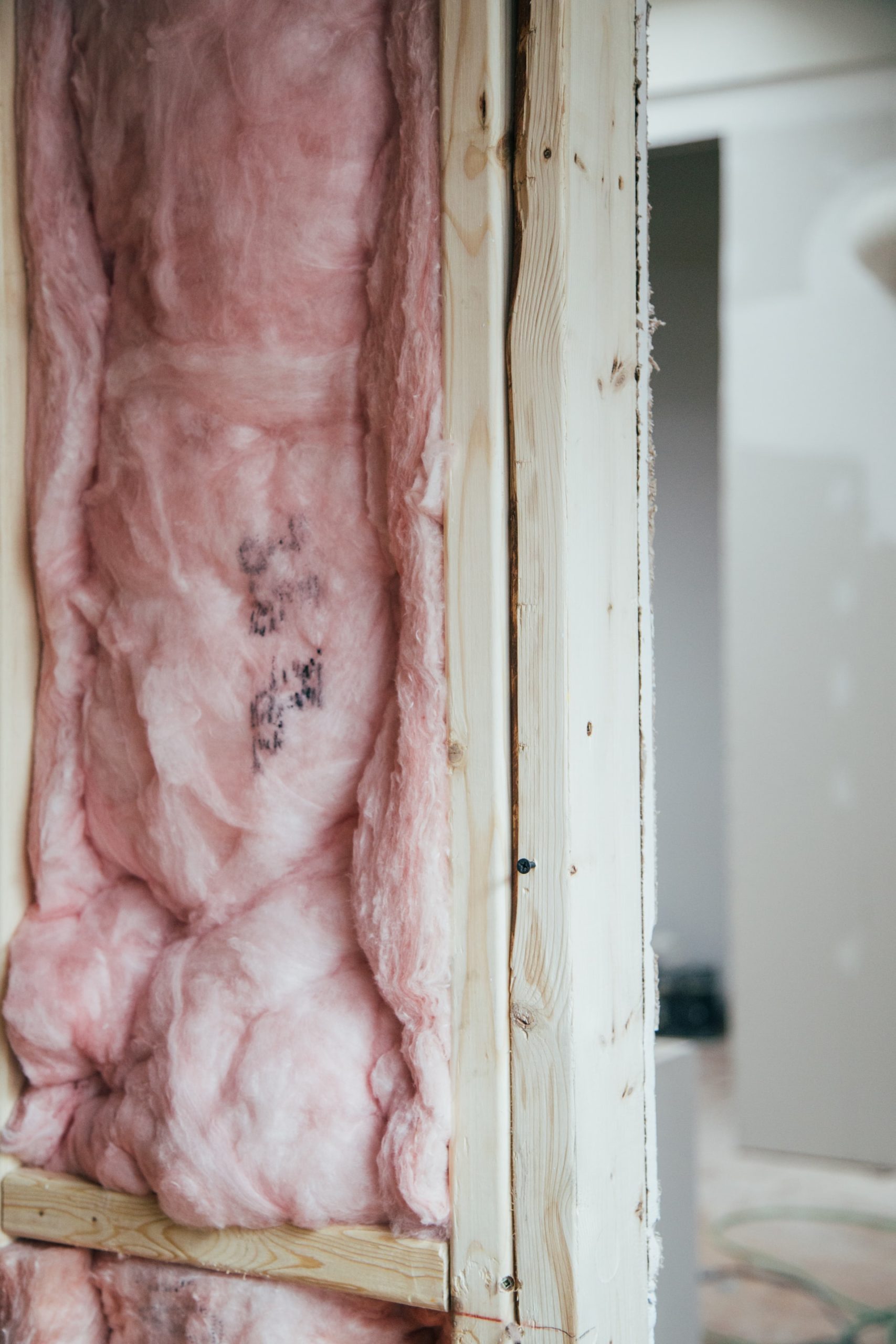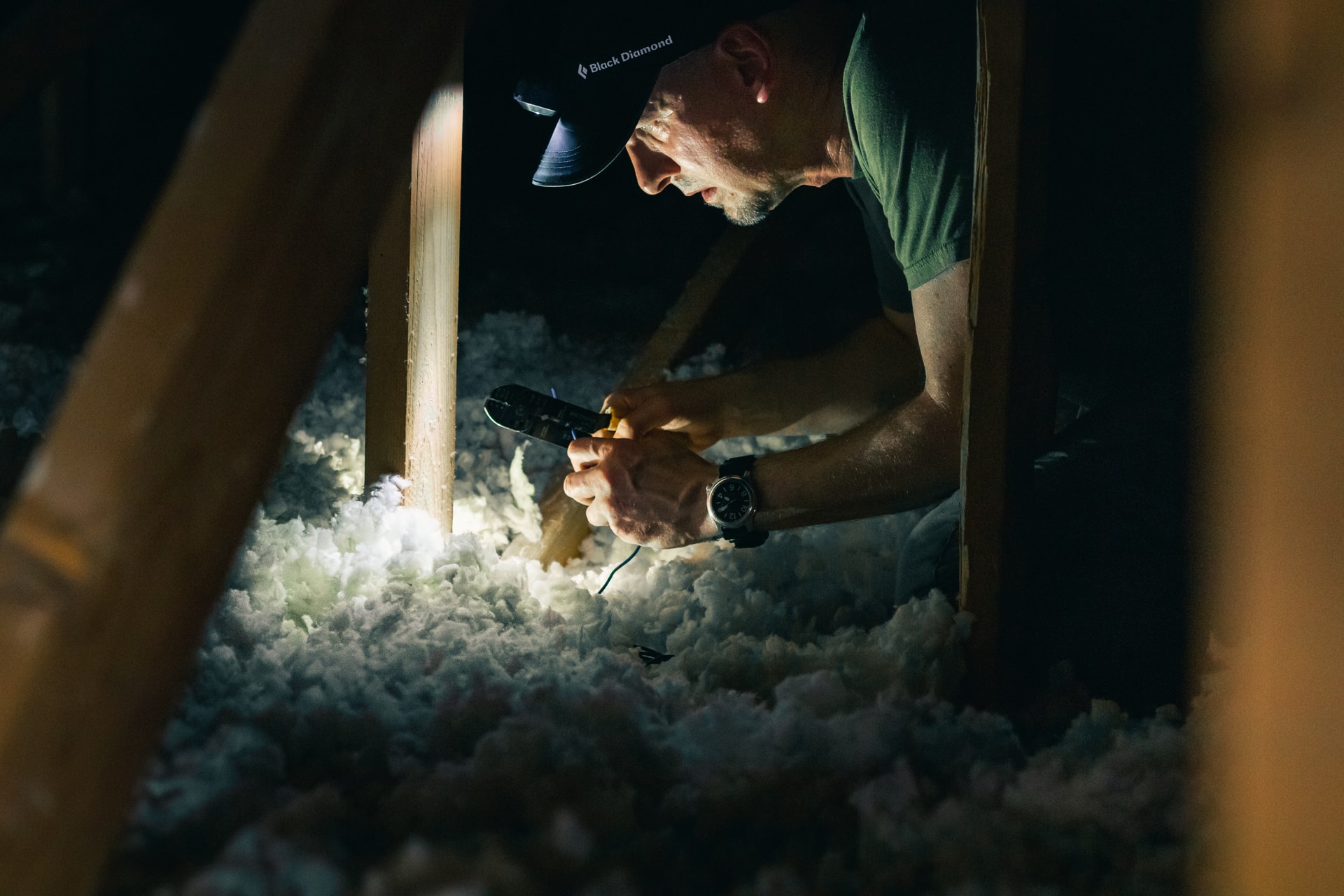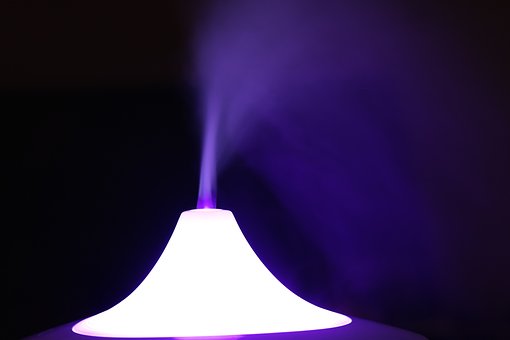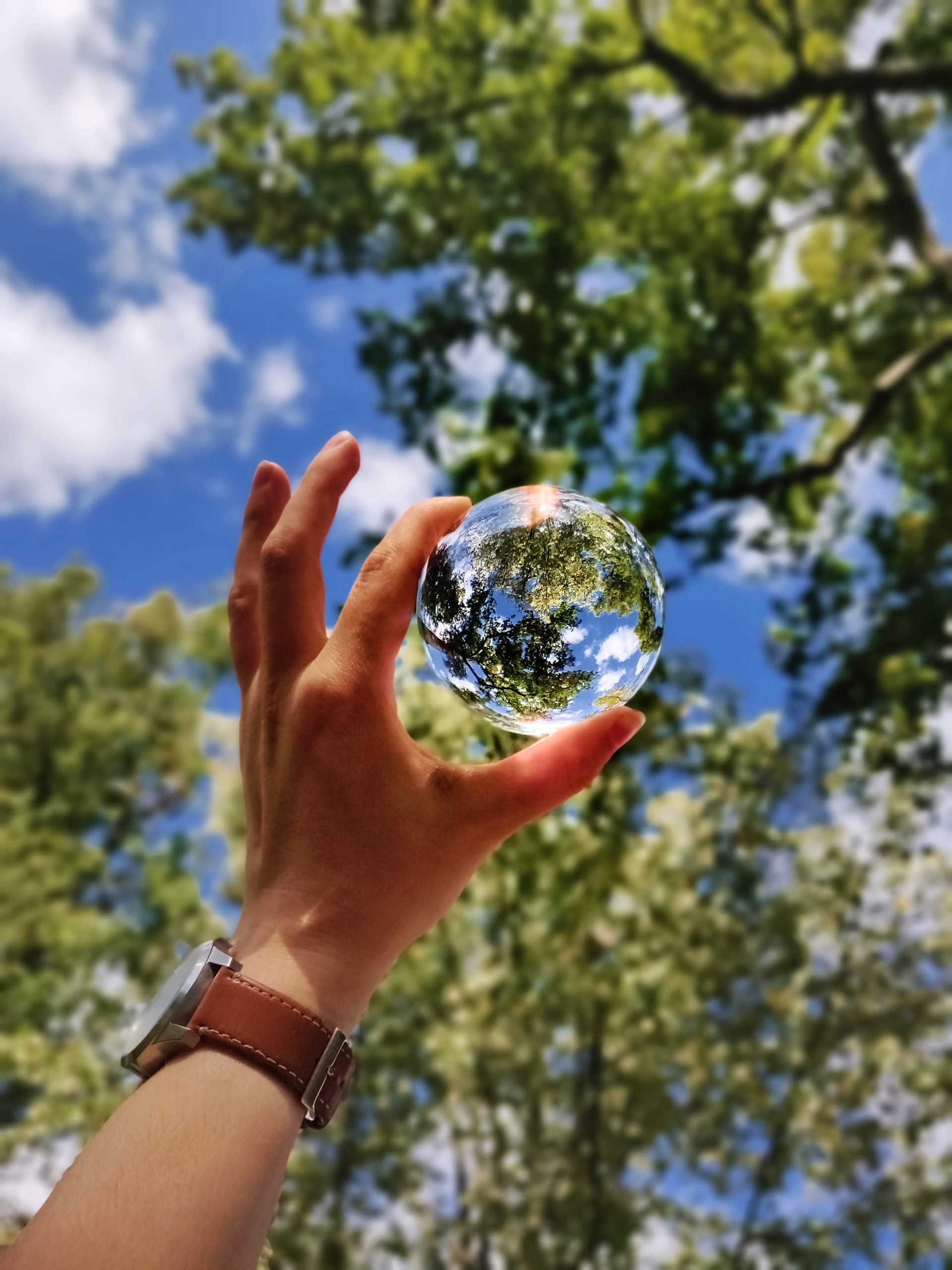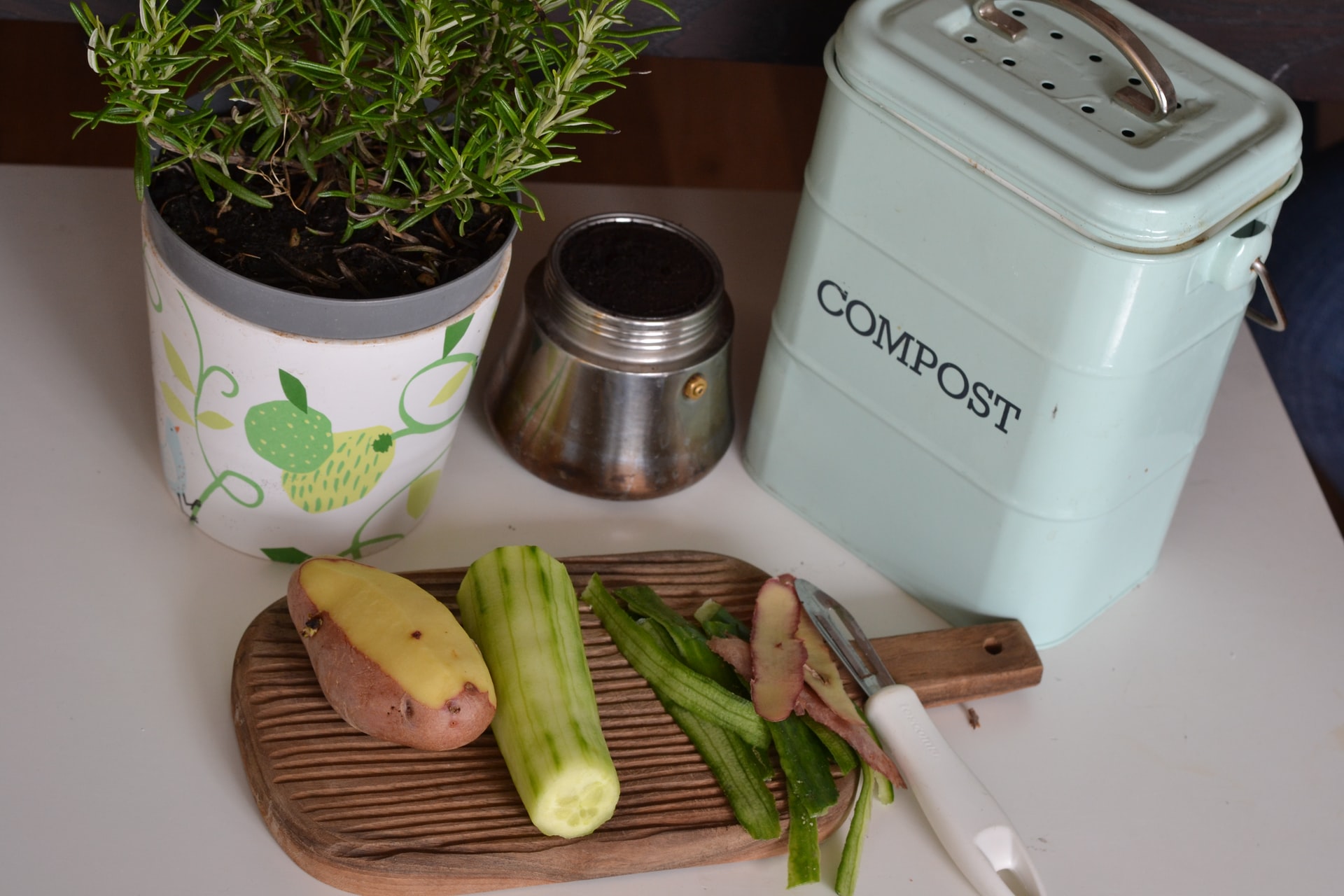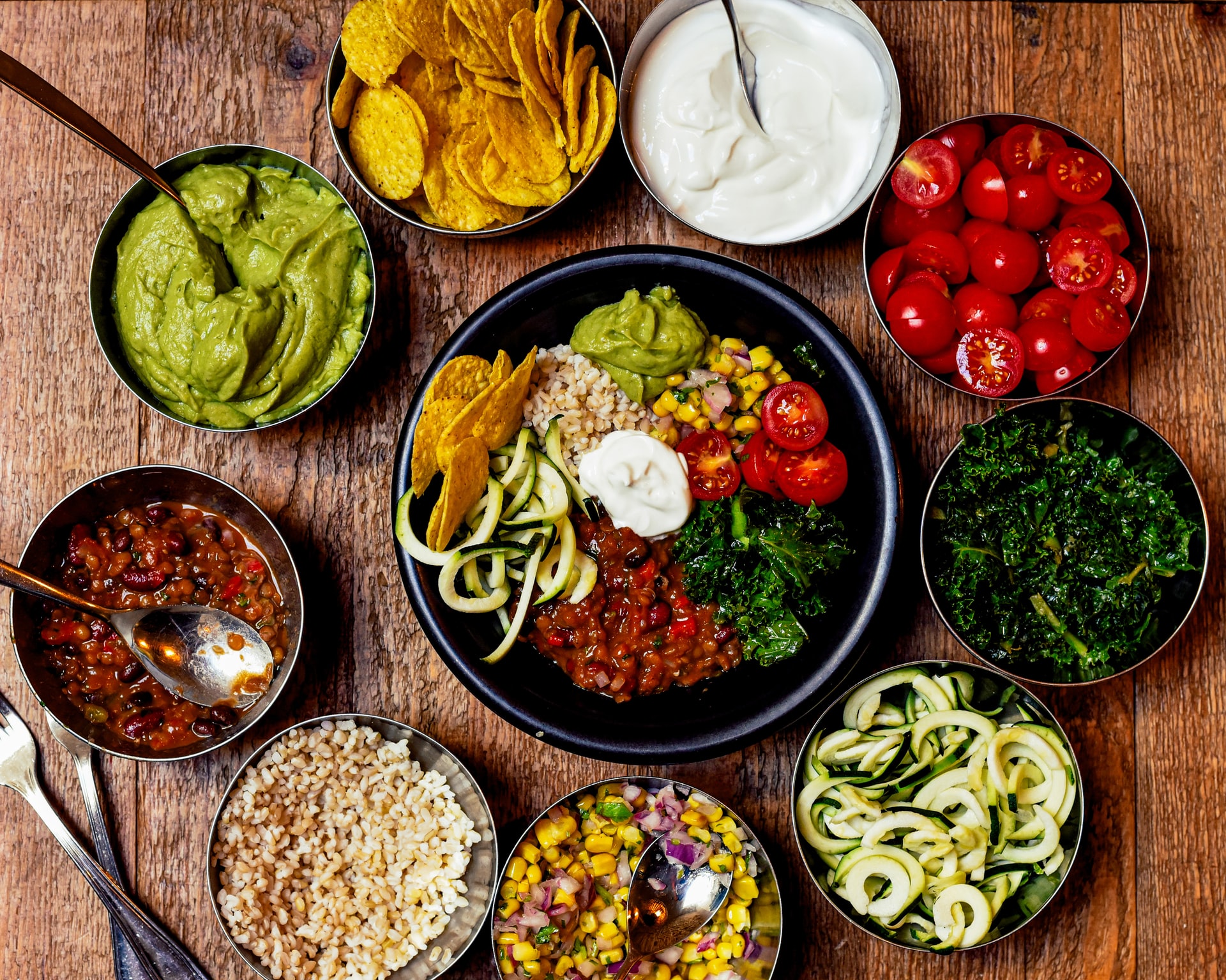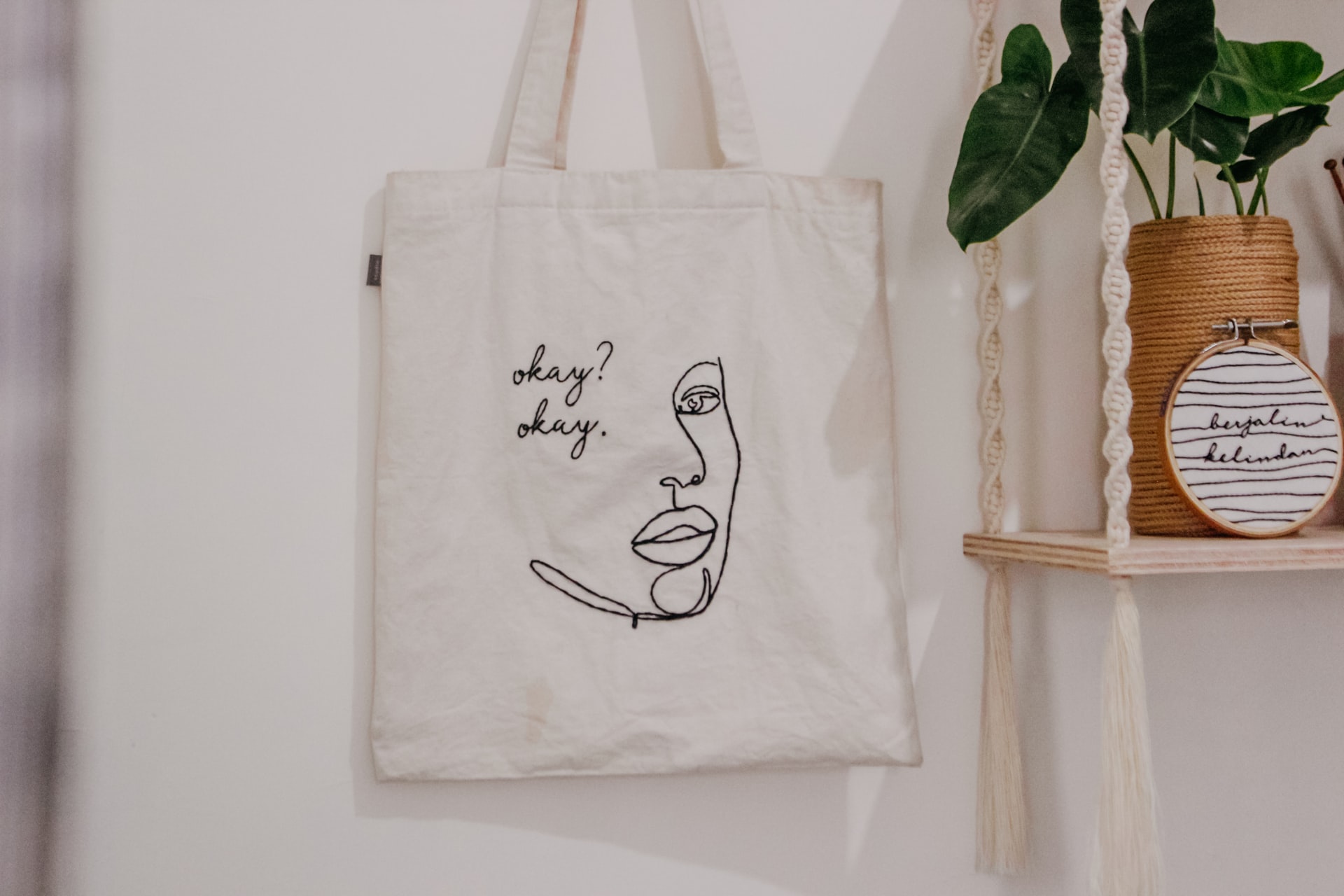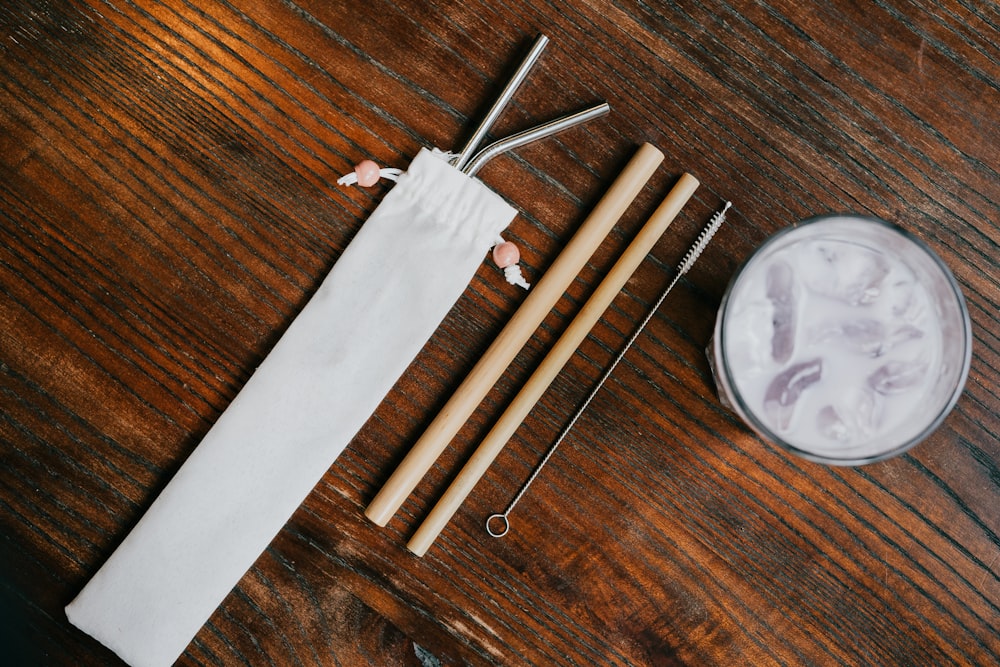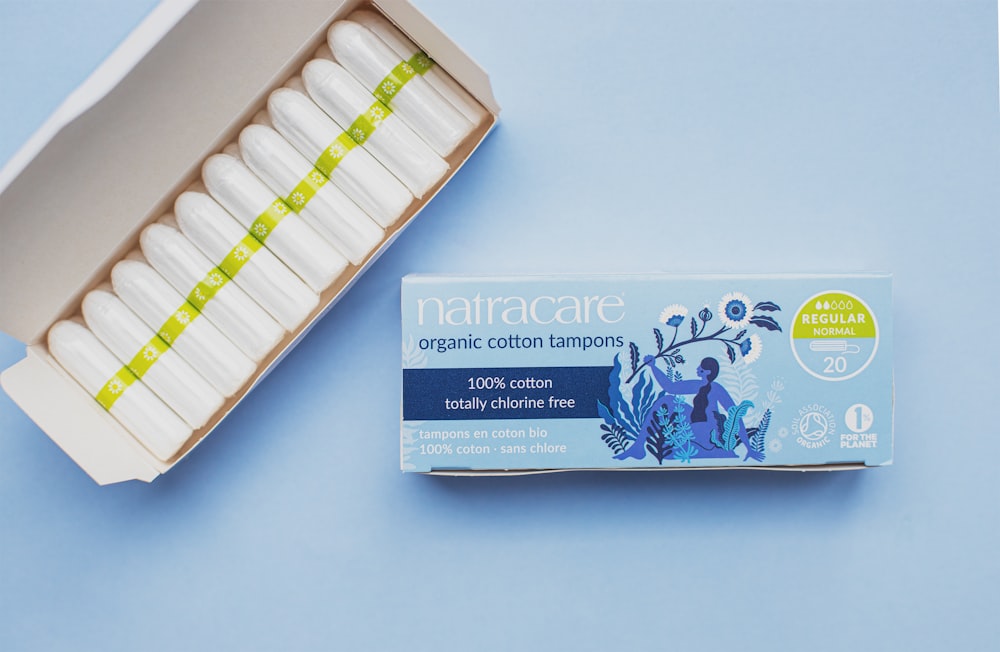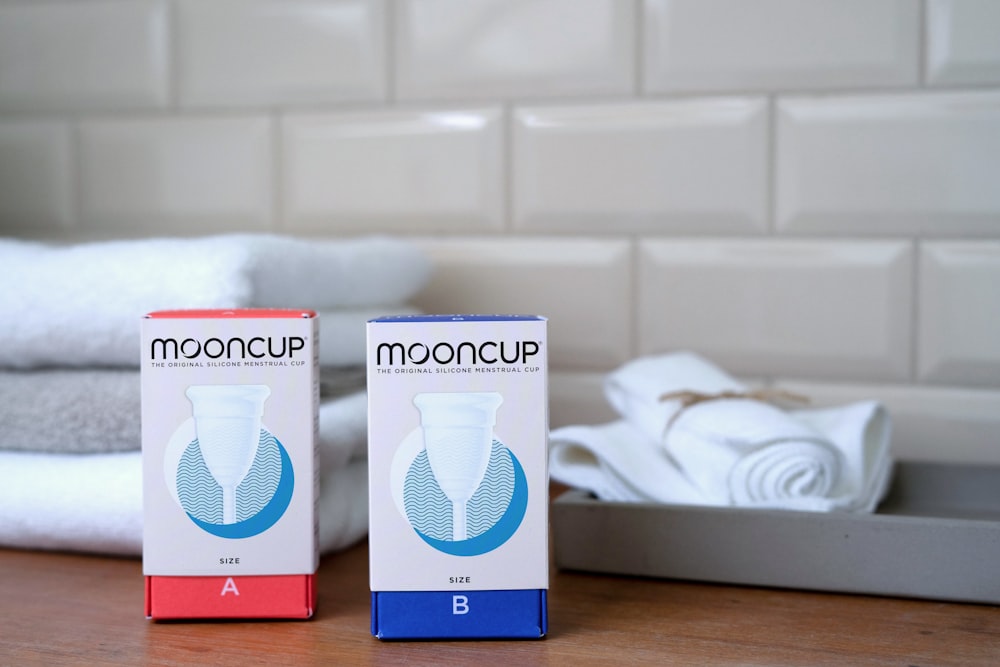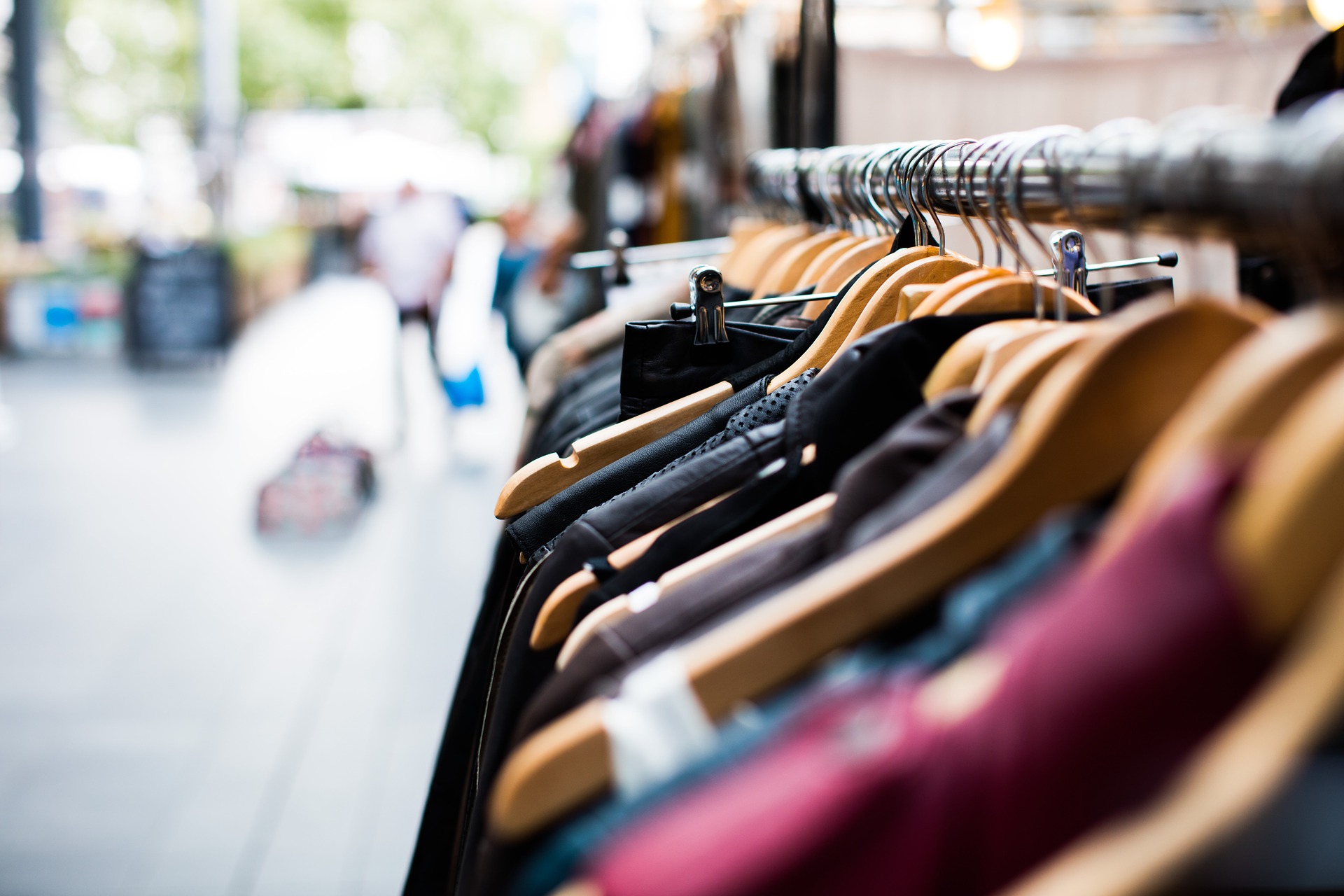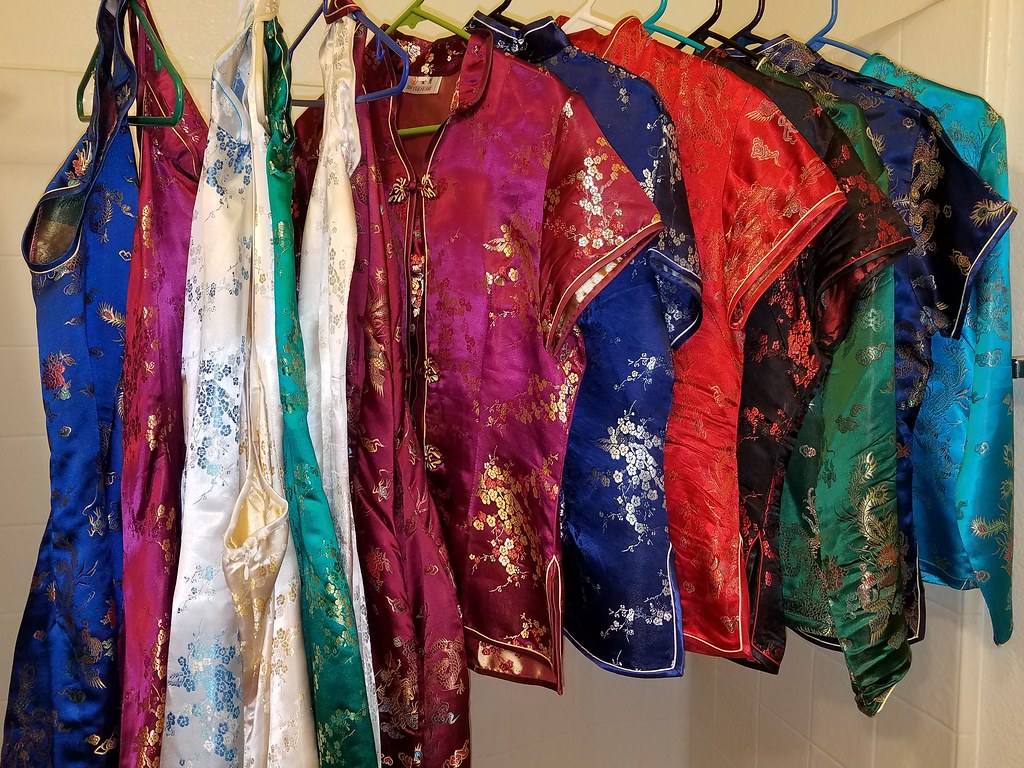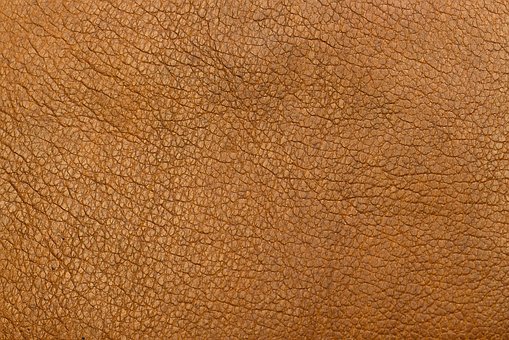If you’re reading this, you probably live a life that prioritizes intentionality and sustainability. Perhaps you’ve just received the wonderful news that you will be a parent. While becoming a parent is a fantastic experience and one of life’s most joyous milestones, it is not without stress and worry. And just as there are numerous methods to teach little children about self-sufficiency, there are also numerous ways to be a sustainable parent to a newborn. You may think you’ve got it all figured out, but luck is on your side if you’re prepared.
So, it’s a good start if this checklist verifies what you previously planned to do as a first-time parent or uncovers a few things you hadn’t considered.

Home Birth
While every new parent must accept that even the best-laid intentions do not always come to fruition, they can still be hoped for and prepared for. With that in mind, if you’d like to give birth at home rather than in a hospital, it’s worth considering. If you’ve ever visited a hospital, you’re well aware of the numerous gloves, cups, paper towels, and other thrown items. Sure, they’re essential in a hospital setting, but you may not believe a hospital is necessary for your delivery. Many individuals choose to have their babies at home for reasons other than sustainability, although it is an incentive for many.
Cloth Diapering
While you’re overjoyed, you’ll notice that you’re also fatigued practically immediately after bringing your bundle of joy home. It takes a lot of time and works to raise a child, especially first. You’re up and down and all overdue to unpredictable sleep cycles and breastfeeding. While the convenience of store-bought diapers is appealing, their environmental effect is significant. According to research, cloth diapers are better for the environment but better for your newborn’s fragile skin.

The Textiles You Use
You should consider this with your baby’s clothing in the same way we should think about it with our clothes because of its environmental and humanitarian implications. You want to utilize as many natural materials as possible, from their swaddle blankets and crib sheets to the baby jumpsuit they wear on their first nature walk. The ideal fabrics for these things are 100% cotton and linen. They’re not only gentler on the baby’s sensitive skin, but they’re also more breathable. Because babies’ skin is delicate, they are susceptible to heat rash, pimples, eczema, and other skin conditions; therefore, choosing sustainable materials is good for the environment and health.
Speaking Of Skin
Because their sensitive bodies are prone to various skin problems, it’s a good idea to consider what you’ll be using on them for bathing, moisturizing, and treating any issues that may arise. While some parents choose to manufacture their baby creams or shampoos, there are numerous natural goods on sale that are both environmentally friendly and safe for your child. During your pregnancy, spend some time researching companies and the substances they utilize. It’s critical to choose products that reflect your beliefs and use ingredients you can trust. If you have friends with kids who share your beliefs about living sustainably, ask them for advice.
Utilize Your Village
It is said that it takes a community to raise a child, which is surely true! However, use your village to recycle stuff that they may no longer need for your infant. You don’t have to go out and buy a brand-new crib, changing pad, or whatever else you think you’ll need when your friends or family members may have them sitting in their attic collecting dust. While buying a new car seat and stroller is a smart idea for safety, reusing other products saves you money and helps the environment!
Congratulations! Although becoming a new parent can be frightening at first, it is the most gratifying job you will ever have. Investing in your children and future generations is as vital as investing in the planet you’ll leave them on. So, apply the suggestions above to make this world a better environment for your little one. Let us know in the comments how are you willing to cope living efficiently while being a parent…

